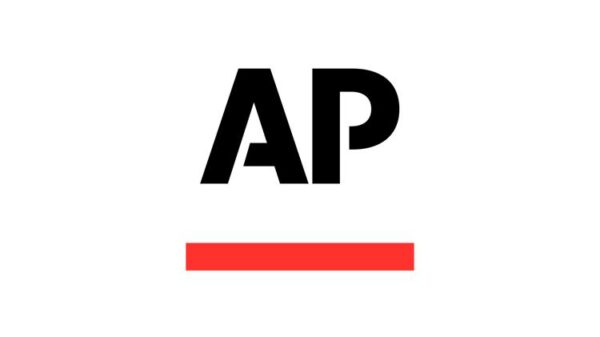UPDATE: New regulations from the Secure Act are transforming retirement savings for older Americans, allowing contributions to traditional IRAs after reaching the RMD age of 73. This significant change means that older workers can now continue to enhance their retirement savings, provided they have earned income, marking a pivotal shift in financial planning for millions.
The Secure Act, enacted in December 2019, has prompted urgent discussions among financial experts and retirees alike. With nearly 20% of individuals over 65 working in 2024—double the employment rate from 1988—the need for flexible retirement options has never been greater. The Bureau of Labor Statistics highlights that today’s older workforce is generally wealthier and healthier, further emphasizing the importance of these new provisions.
Previously, individuals could not contribute to a traditional IRA once they reached RMD age. Now, with the removal of this age limit, the door is open for many older adults to capitalize on their earnings. However, experts caution that such contributions may not always be advisable. The simultaneous requirement to withdraw RMDs while making new contributions could complicate financial strategies.
So, what does this mean for you? If you are over 73 and still earning, you can contribute to a traditional IRA, but it’s crucial to weigh the benefits against potential tax implications. Contributions made to a traditional IRA after RMD age may offer some advantages, particularly for those looking to catch up on retirement savings. However, the benefits may be modest compared to the advantages of contributing to a Roth IRA, which remains free from RMDs and allows for tax-free withdrawals.
Experts like tax and financial planning authority Jeffrey Levine note that traditional IRA contributions after RMD age can resemble a “revolving door of IRA money,” as funds must eventually be withdrawn and taxed. In contrast, Roth IRAs allow for growth beyond RMD age, making them an attractive option for those who wish to leave assets for heirs.
For older workers still actively employed, contributions to company retirement plans like 401(k)s are also viable. Unlike IRAs, there are no income limits for contributing to these plans, providing another flexible savings avenue for those over 73.
As you consider your retirement strategy, remember that while traditional IRAs can be beneficial in specific circumstances, Roth IRAs or company plans may offer superior long-term advantages. Particularly for those who expect to be in a lower tax bracket upon withdrawal, traditional IRAs may still play a role in retirement planning.
With these new rules in place, it’s essential for older adults to review their financial strategies carefully. The landscape of retirement savings is evolving, and taking advantage of these changes can significantly impact your financial future. Engage with a financial advisor to navigate these options and make informed decisions about your retirement contributions.
Don’t miss out on this critical shift in retirement planning—share this news with friends and family and start a conversation about how these changes can impact your financial future!







































































